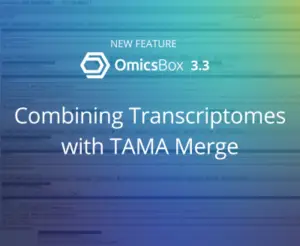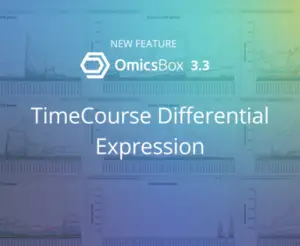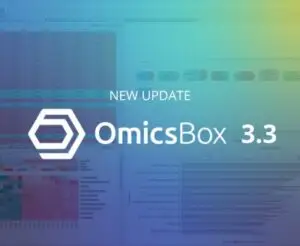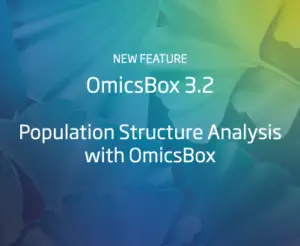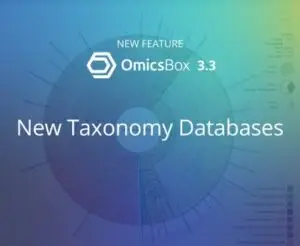
New Taxonomy Databases in OmicsBox
One of the new additions in OmicsBox 3.3 is the non-NCBI taxonomy databases for Kraken2. With this new feature, we provide users with a broader range of options for taxonomic classification, meeting diverse research needs. Taxonomic Classification with Kraken2 Kraken2 is a taxonomic sequence classifier that assigns taxonomic labels to DNA reads. It achieves this by examining the k-mers within
